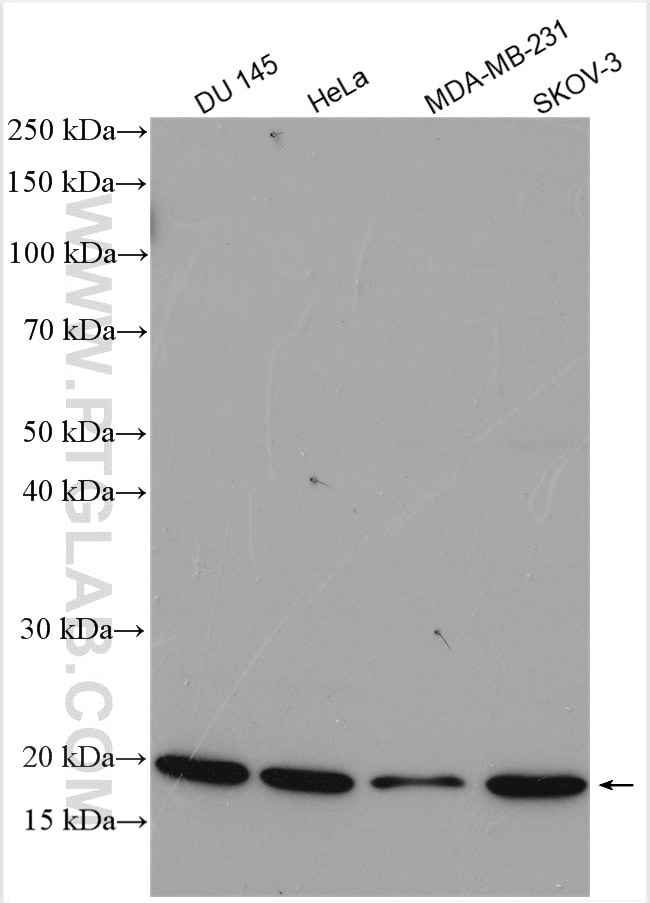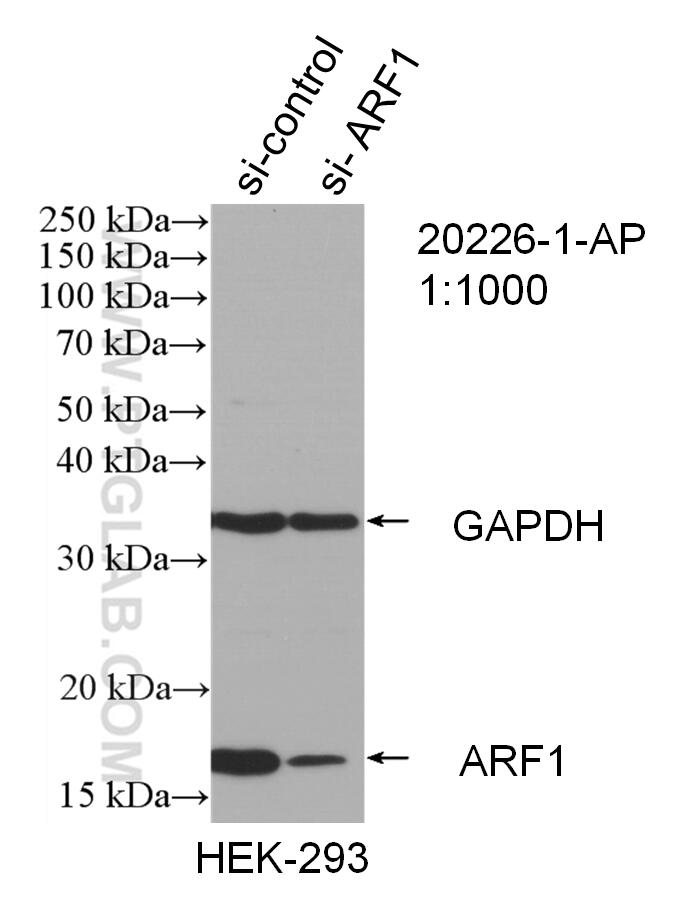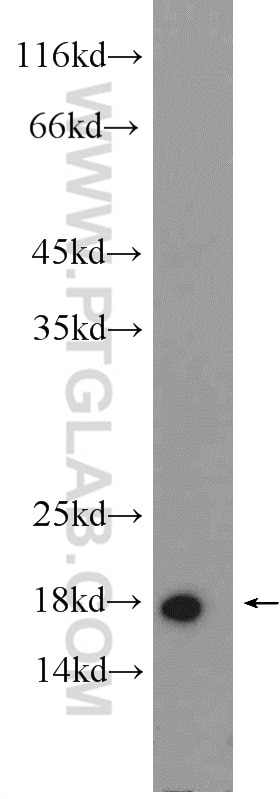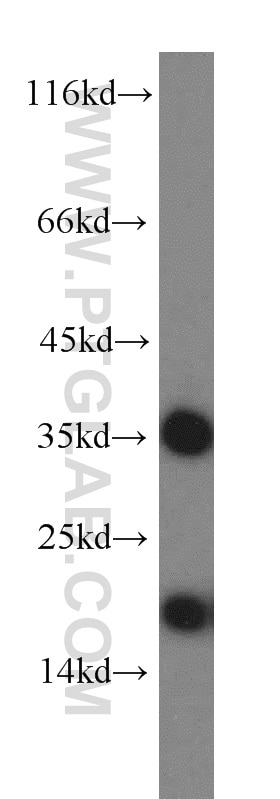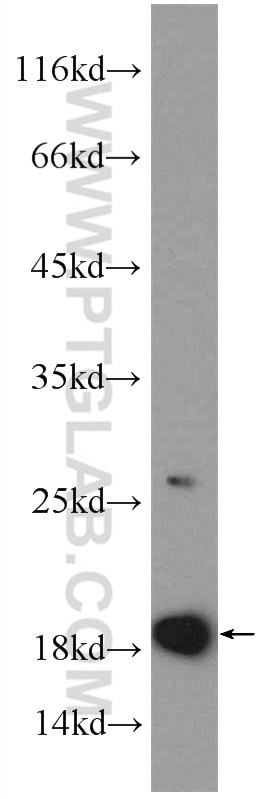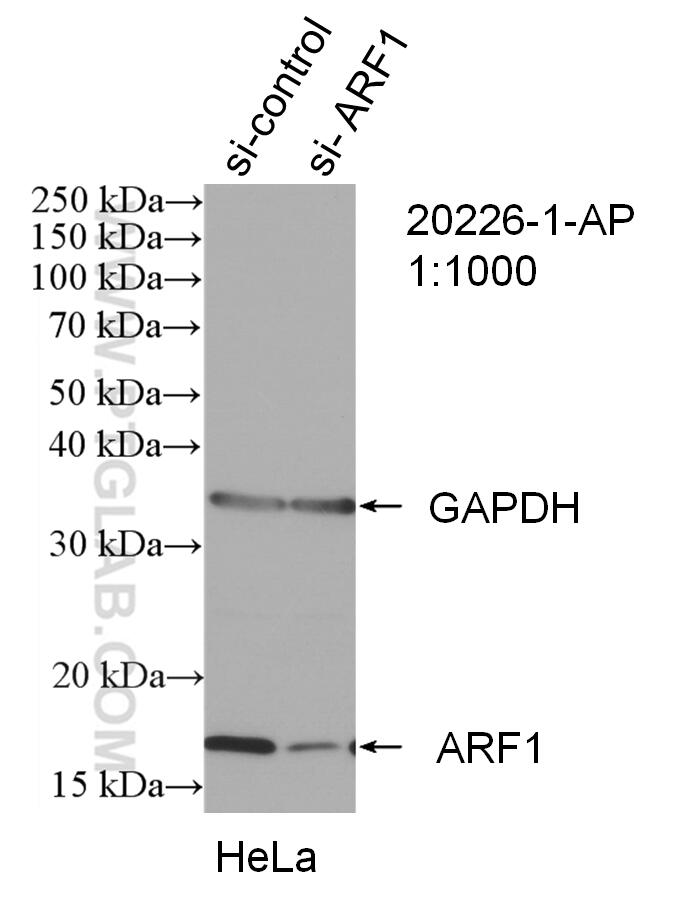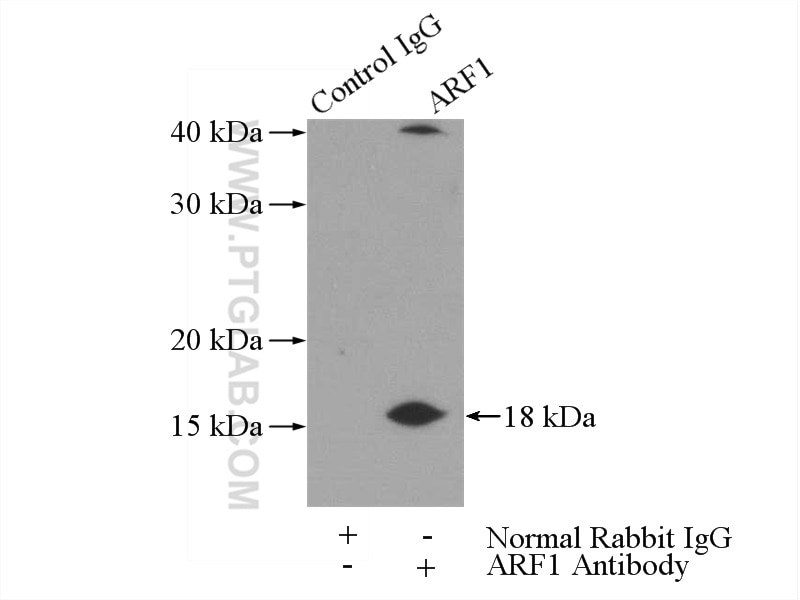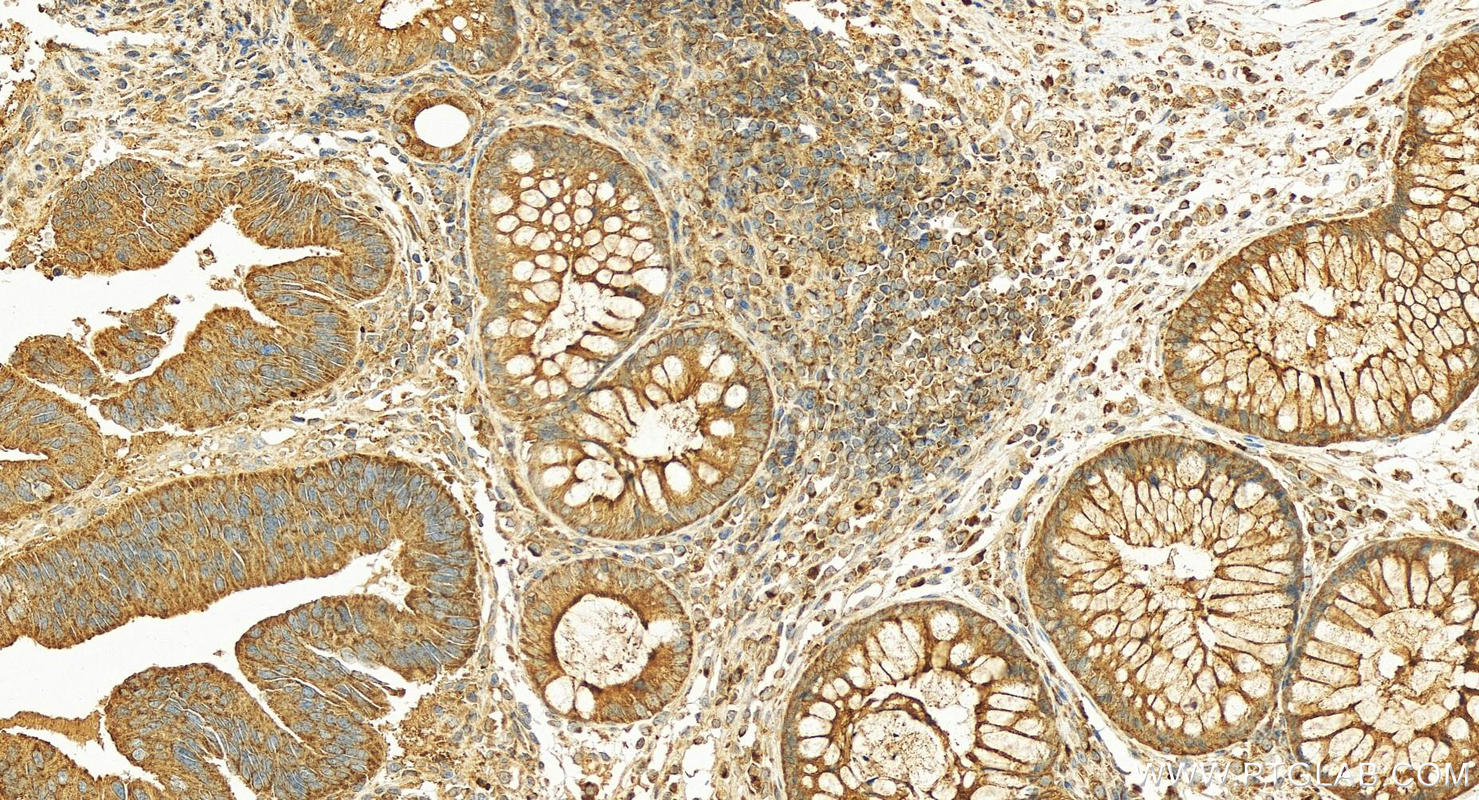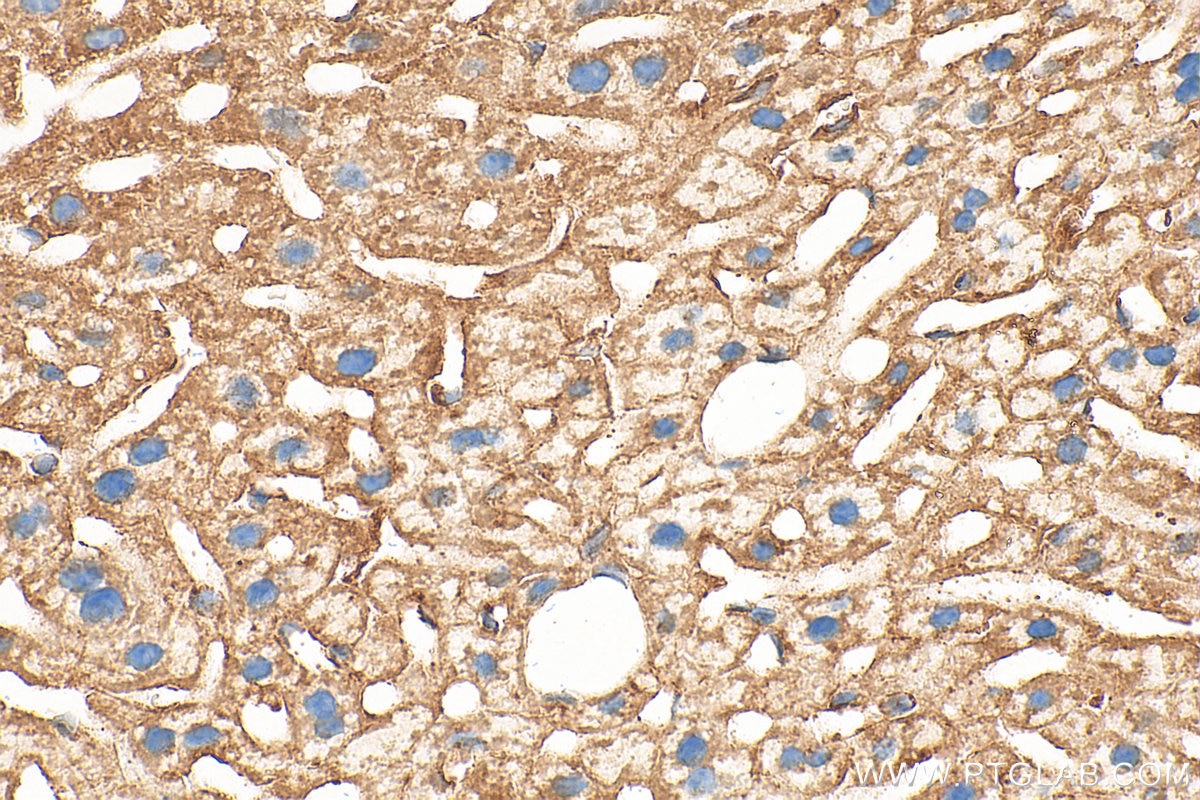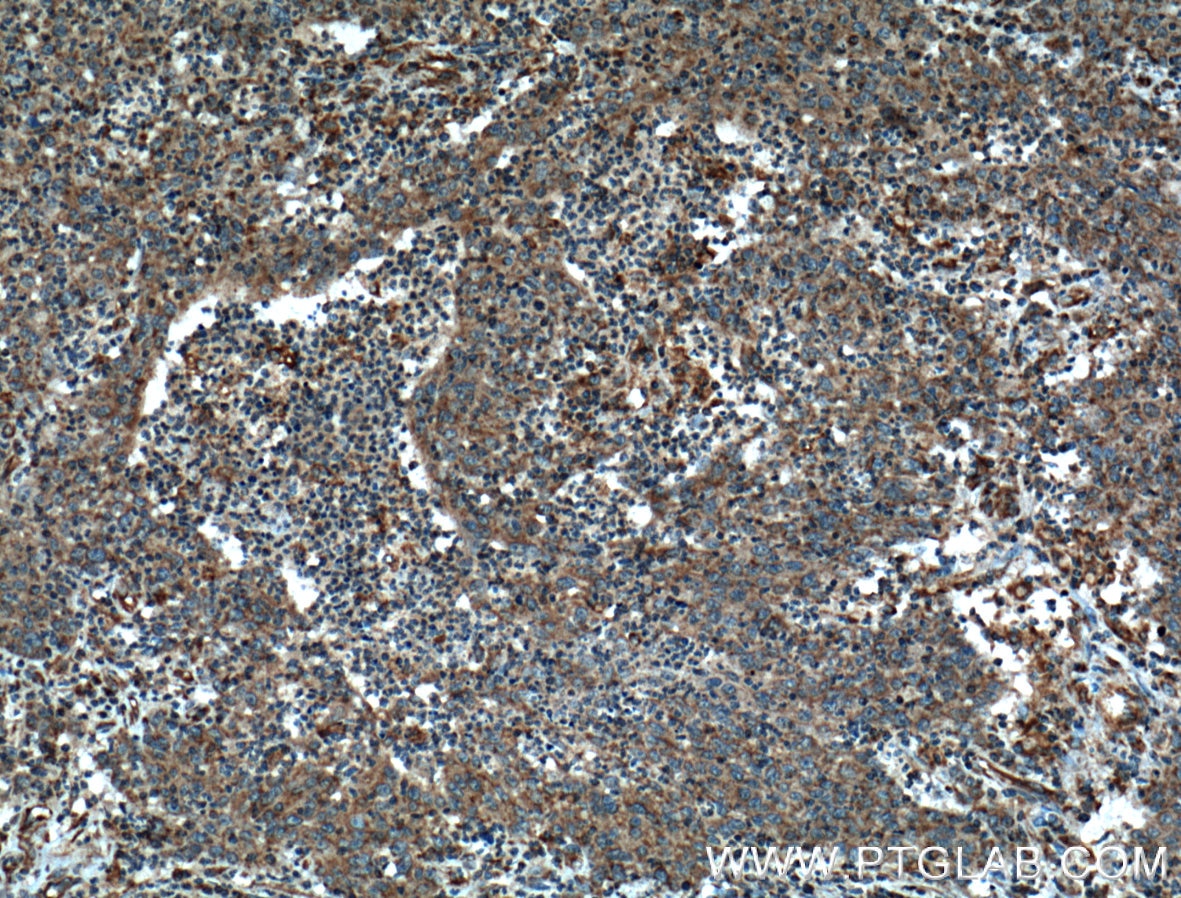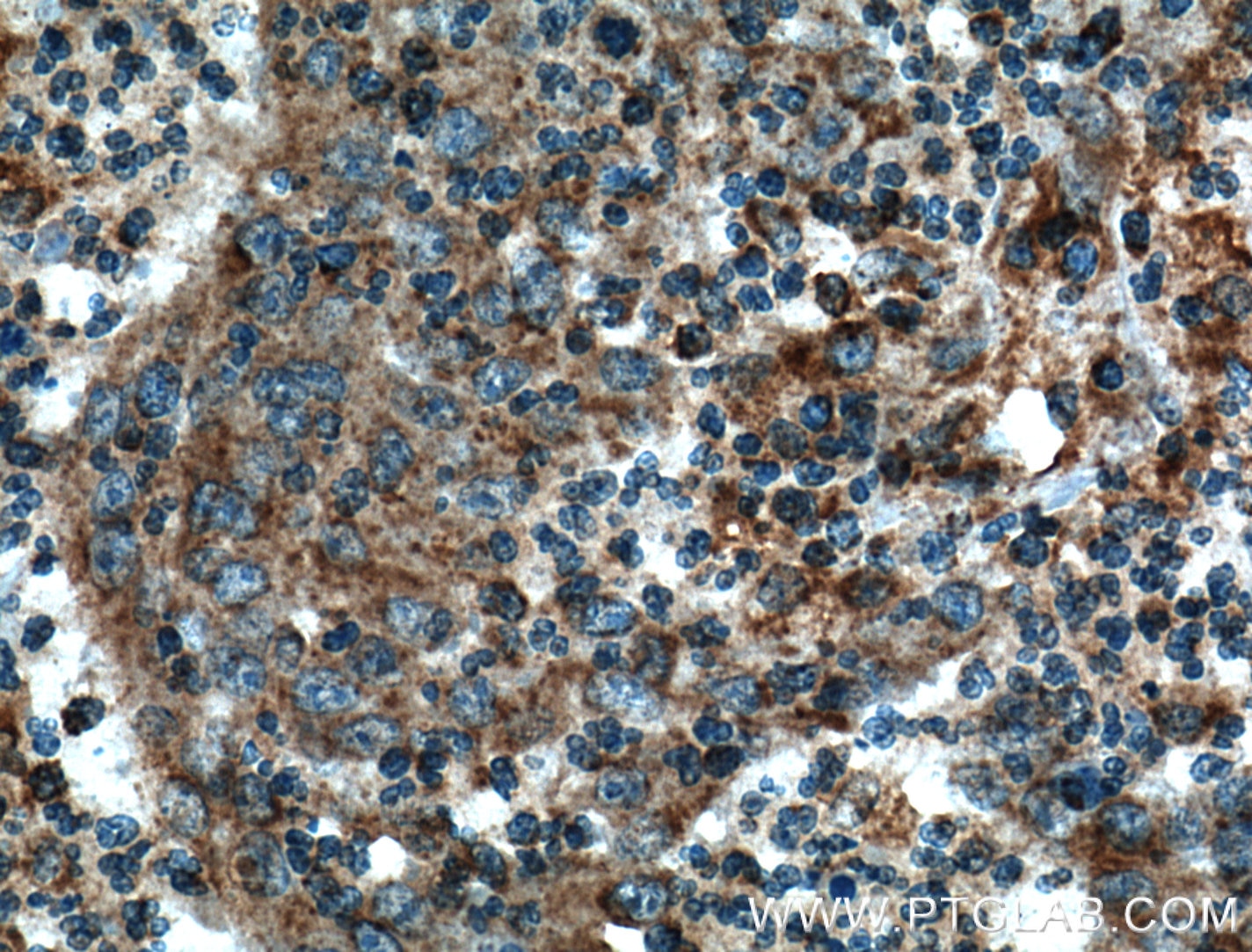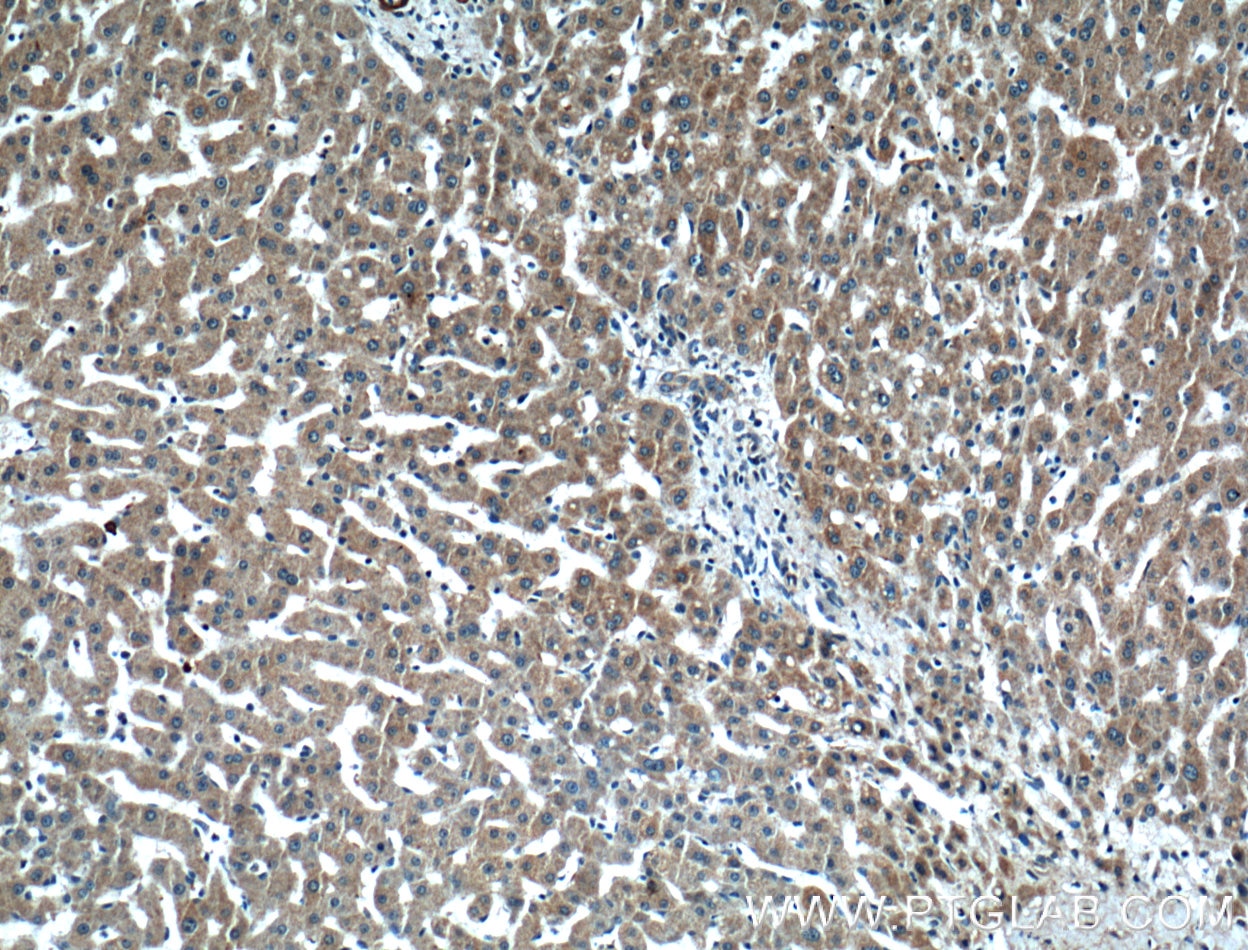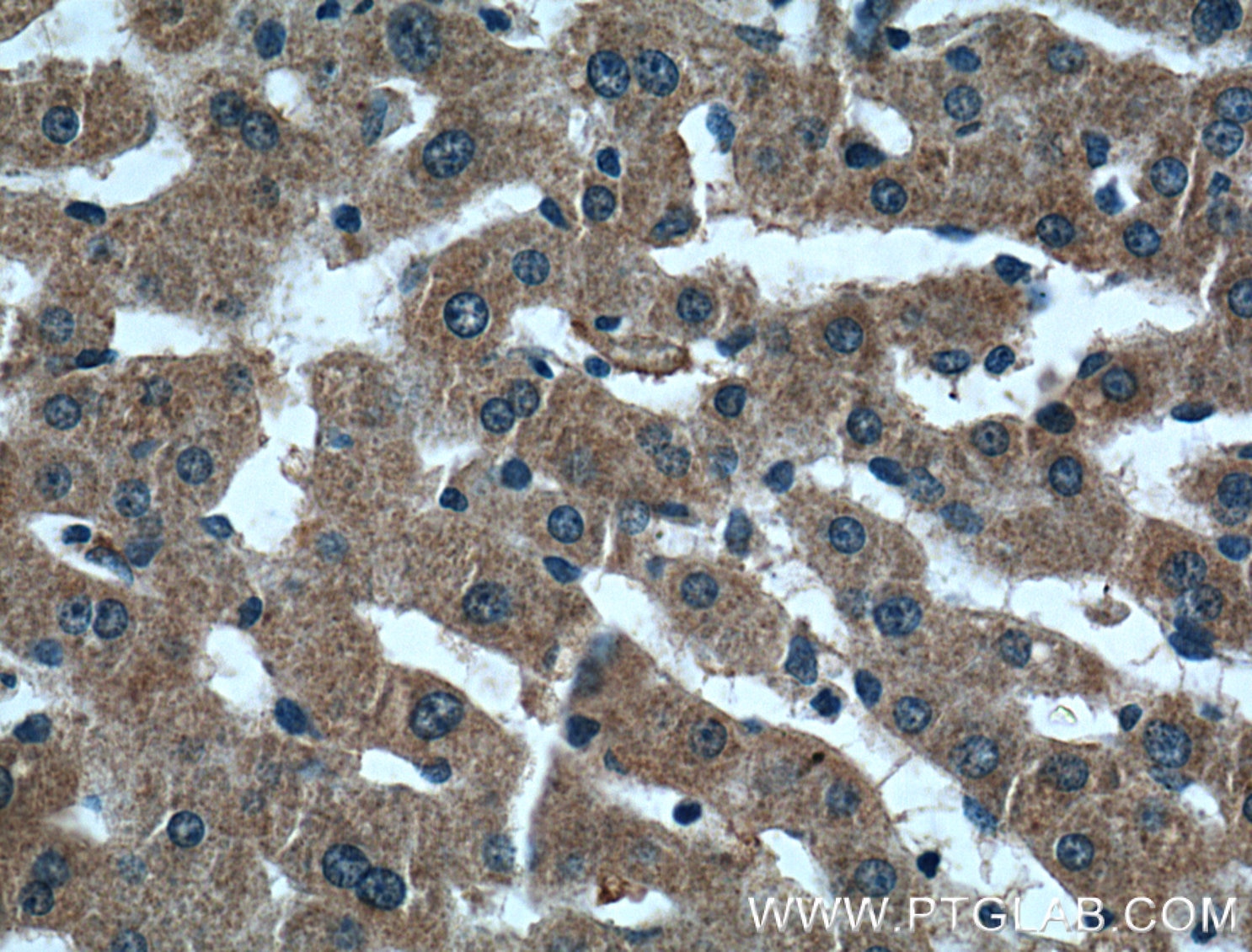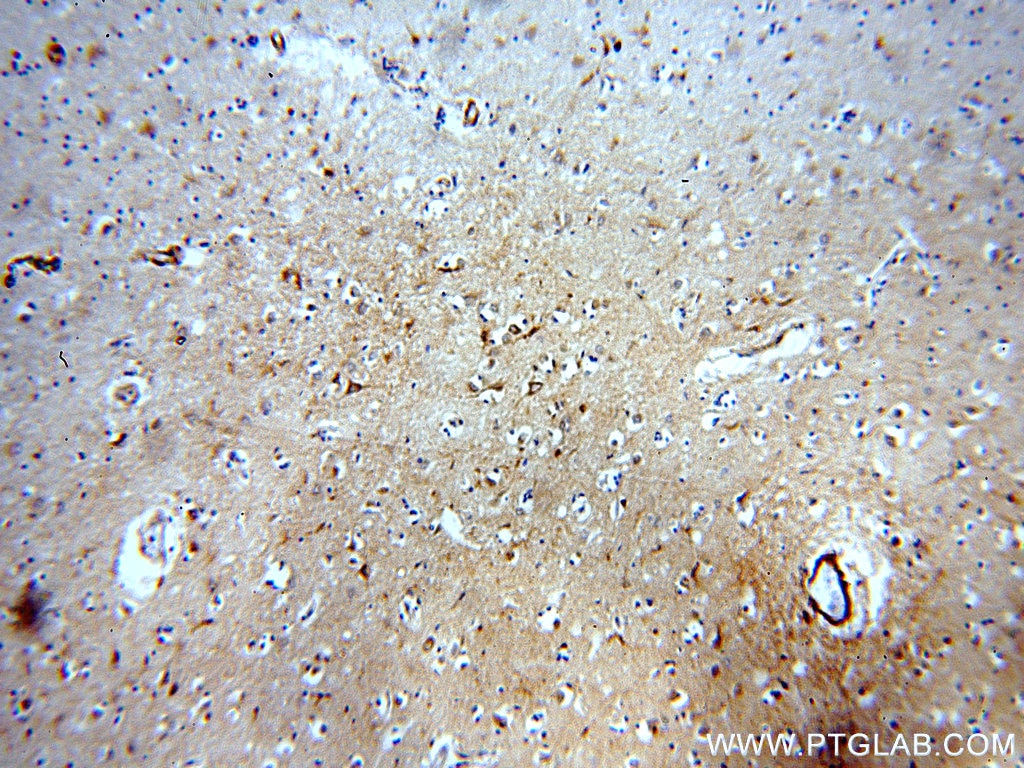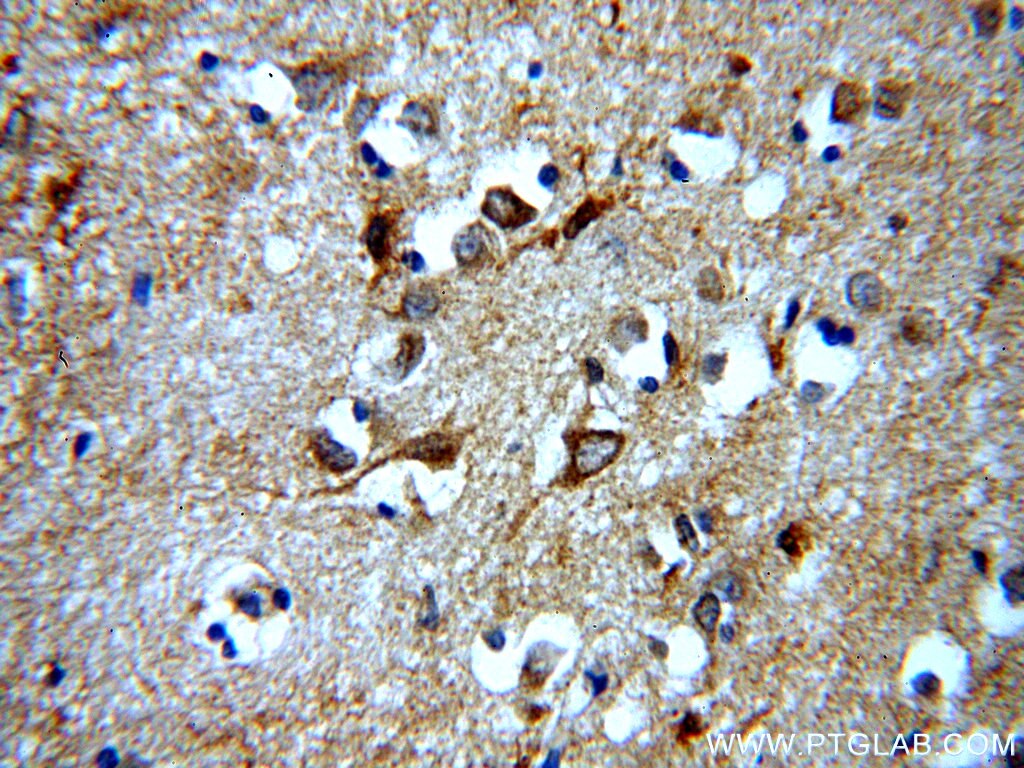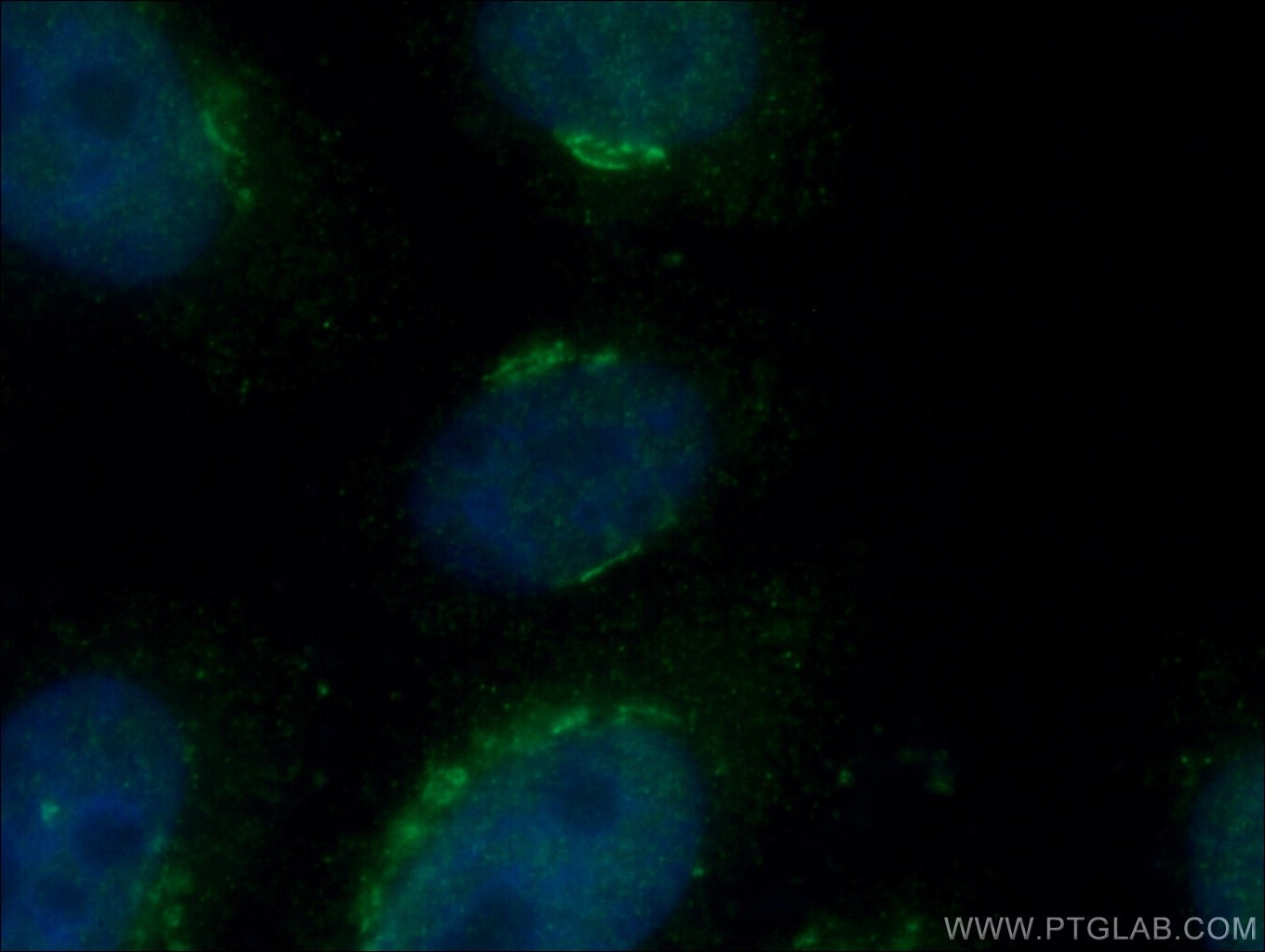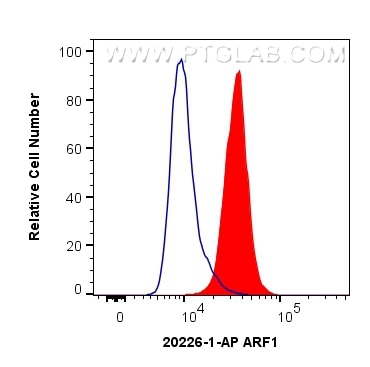Tested Applications
| Positive WB detected in | DU 145 cells, HEK-293 cells, HeLa cells, HepG2 cells, mouse brain tissue, SKOV-3 cells, MDA -MB-231 cells |
| Positive IP detected in | HeLa cells |
| Positive IHC detected in | human colon cancer tissue, human brain tissue, human liver tissue, mouse liver tissue Note: suggested antigen retrieval with TE buffer pH 9.0; (*) Alternatively, antigen retrieval may be performed with citrate buffer pH 6.0 |
| Positive IF/ICC detected in | HepG2 cells |
| Positive FC (Intra) detected in | HeLa cells |
Recommended dilution
| Application | Dilution |
|---|---|
| Western Blot (WB) | WB : 1:1000-1:4000 |
| Immunoprecipitation (IP) | IP : 0.5-4.0 ug for 1.0-3.0 mg of total protein lysate |
| Immunohistochemistry (IHC) | IHC : 1:50-1:500 |
| Immunofluorescence (IF)/ICC | IF/ICC : 1:50-1:500 |
| Flow Cytometry (FC) (INTRA) | FC (INTRA) : 0.40 ug per 10^6 cells in a 100 µl suspension |
| It is recommended that this reagent should be titrated in each testing system to obtain optimal results. | |
| Sample-dependent, Check data in validation data gallery. | |
Published Applications
| KD/KO | See 1 publications below |
| WB | See 9 publications below |
| IF | See 2 publications below |
| IP | See 1 publications below |
| CoIP | See 1 publications below |
Product Information
20226-1-AP targets ARF1 in WB, IHC, IF/ICC, FC (Intra), IP, CoIP, ELISA applications and shows reactivity with human, mouse samples.
| Tested Reactivity | human, mouse |
| Cited Reactivity | human, mouse |
| Host / Isotype | Rabbit / IgG |
| Class | Polyclonal |
| Type | Antibody |
| Immunogen | Peptide Predict reactive species |
| Full Name | ADP-ribosylation factor 1 |
| Calculated Molecular Weight | 21 kDa |
| Observed Molecular Weight | 18-21 kDa |
| GenBank Accession Number | NM_001658 |
| Gene Symbol | ARF1 |
| Gene ID (NCBI) | 375 |
| RRID | AB_2878659 |
| Conjugate | Unconjugated |
| Form | Liquid |
| Purification Method | Antigen affinity purification |
| UNIPROT ID | P84077 |
| Storage Buffer | PBS with 0.02% sodium azide and 50% glycerol, pH 7.3. |
| Storage Conditions | Store at -20°C. Stable for one year after shipment. Aliquoting is unnecessary for -20oC storage. 20ul sizes contain 0.1% BSA. |
Background Information
ADP-ribosylation factors (ARFs) are members of the ARF family of GTP-binding proteins of the Ras superfamily, with 20kda protein size. ARFs bind and regulate GTP/GDP cycle by alternating between the active GTP-bound and inactive GDP-bound conformations. ARF family proteins are essential and ubiquitous in eukaryotes. Six highly conserved members of the family have been identified in mammalian cells. They function in vesicular traffic and actin remodelling and other bioprocesses in cells. The ARF1 protein is localized to the Golgi apparatus and has a central role in intra-Golgi transport. It mainly functions in coat recruitment.(PMID: 7759471, PMID: 16042562). The antibody is specific to ARF1.
Protocols
| Product Specific Protocols | |
|---|---|
| WB protocol for ARF1 antibody 20226-1-AP | Download protocol |
| IHC protocol for ARF1 antibody 20226-1-AP | Download protocol |
| IF protocol for ARF1 antibody 20226-1-AP | Download protocol |
| IP protocol for ARF1 antibody 20226-1-AP | Download protocol |
| Standard Protocols | |
|---|---|
| Click here to view our Standard Protocols |
Publications
| Species | Application | Title |
|---|---|---|
Nat Immunol Essential role for GABARAP autophagy proteins in interferon-inducible GTPase-mediated host defense. | ||
Nat Commun Myristic acid as a checkpoint to regulate STING-dependent autophagy and interferon responses by promoting N-myristoylation | ||
Nat Commun ARF1 prevents aberrant type I interferon induction by regulating STING activation and recycling | ||
PLoS Pathog Enterovirus 71 protease 2Apro and 3Cpro differentially inhibit the cellular endoplasmic reticulum-associated degradation (ERAD) pathway via distinct mechanisms, and enterovirus 71 hijacks ERAD component p97 to promote its replication. | ||
J Cell Sci The protein kinase D1-mediated classical protein secretory pathway regulates the Ras oncogene-induced senescence response. | ||
Reviews
The reviews below have been submitted by verified Proteintech customers who received an incentive for providing their feedback.
FH Cristian (Verified Customer) (04-26-2019) | Immunofluorescent analysis of (PFA 3%) fixed HeLa cells using 20226-1-AP (ARF1 antibody) at dilution of 1:500 and Alexa Fluor 594-conjugated Affinipure Goat Anti-Rabbit IgG (H+L)
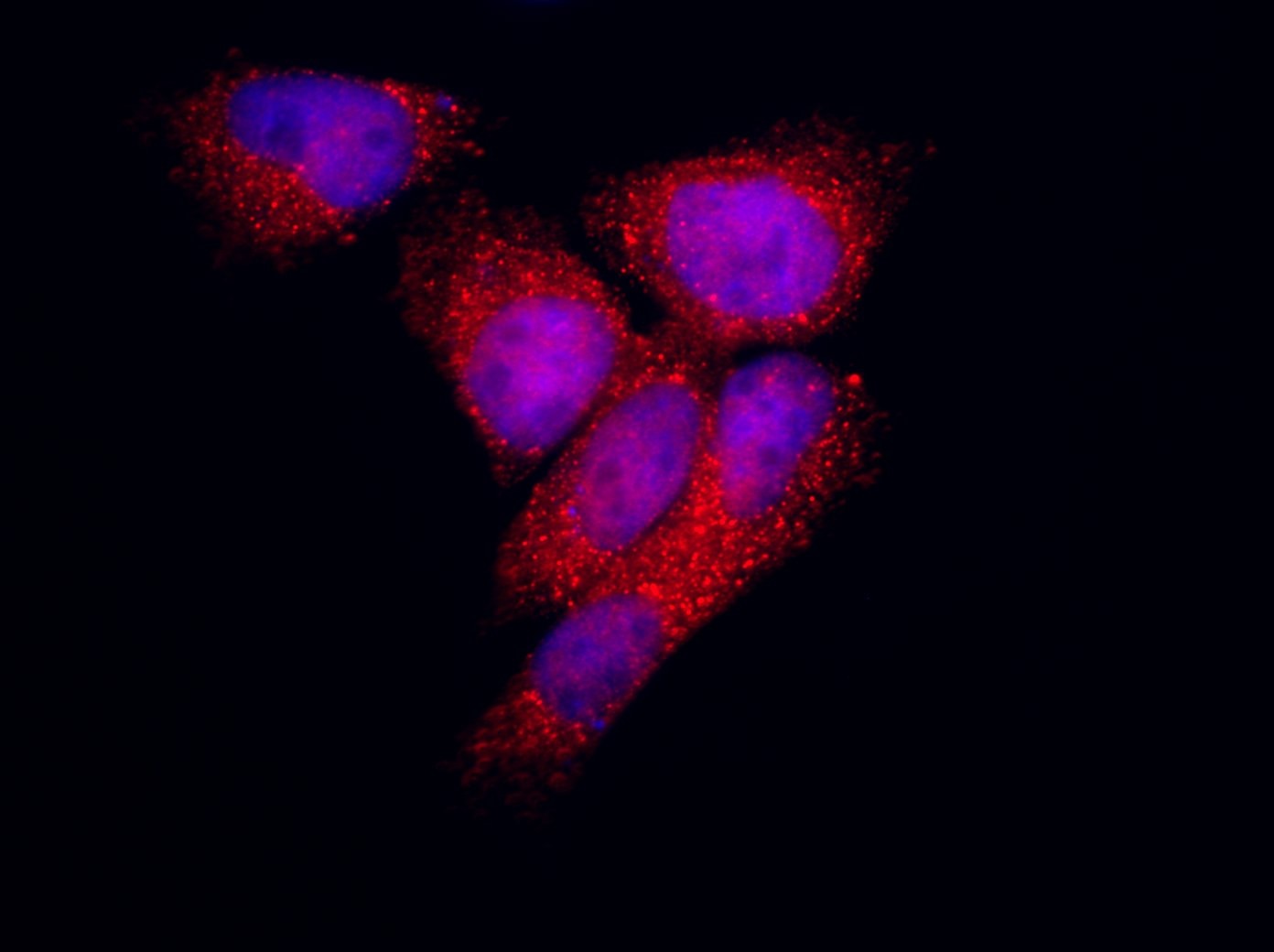 |
